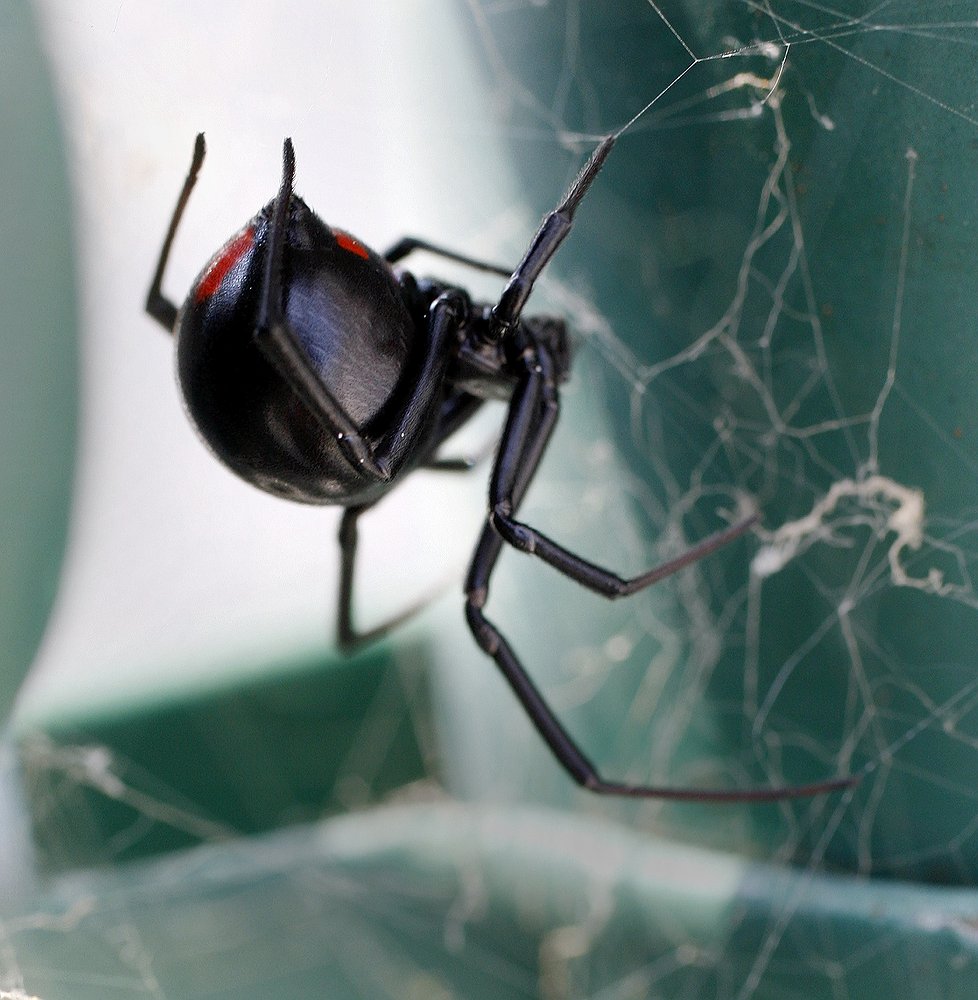Untangling the web: How to handle spider bites in pets
While Spider-Man may have developed superhuman abilities from a spider bite, our pets are not likely to start slinging webs or crawling up the walls if bitten by an arachnid.
Spiders tend to be active in late summer and early fall, leading to more unwanted encounters for our curious pets.
Dr. Lance Wheeler, a clinical assistant professor at the Texas A&M College of Veterinary Medicine and Biomedical Sciences, provides insight on how to handle spider bites and ways that owners can reduce the chances of them occurring.
Using your 'Spidey Sense'
There are numerous species of spiders crawling around, but Wheeler said not all spiders pose a threat to companion animals.
“While there are approximately 40,000 known spider species, only a few are harmful to pets,” Wheeler said. “The brown recluse and black widow are the most common venomous spiders in Texas, making them most likely to be a cause of concern.”
You can spot a brown recluse spider by its tan color and the trademark violin-shaped patch behind its eyes. The black widow is known for its dark-colored body with a red hourglass shape on its belly.
Luckily, it is rare for pets to get bitten by spiders.
“If your pet is bitten while you’re not watching, you will most likely notice a small area of redness and irritation,” Wheeler said. “In rare cases, more severe symptoms such as fever and vomiting can occur.
“If you see a spider on your dog and witness your dog get bitten, immediately go to the nearest veterinary practice,” Wheeler said, adding that veterinary intervention is crucial for pain relief, fluids, antibiotics and, in extremely severe cases, antivenom, should the spider be venomous.
While venomous spiders cause the most complications, any spider bite can become infected and cause your pet pain if left untreated.
Likewise, spider bite symptoms are so universal with other conditions that it can be challenging to know if a spider was the cause.
“While spider bites are a possibility, it’s crucial to rule out other more common causes of these symptoms and start treatment early,” Wheeler said. “These signs can easily be mistaken for other issues, such as allergic reactions, insect stings, or minor skin infections.”
If you notice a small, red, swollen area on your pet that does not improve or worsens within 24 hours, it is important to seek veterinary care.
Spinning a safe web for your pet
Ensuring your pet’s environment is free of spiders can help reduce the risk of spider bites.
“Regular maintenance such as inspecting different areas in the garage, dark corners and behind furniture for spider webs can lower the chances of your pet encountering a spider,” Wheeler said.
If there are too many spiders to clean these undisturbed areas on your own, there are companies that can assist you in removing spiders from your home.
“There are many pest control companies that specifically advertise for eliminating spiders in houses,” Wheeler said. “A great way to remove spiders from the environment is to contact a professional.”
In addition, avoiding unsupervised access for pets into areas where spiders are likely to build their webs will greatly reduce your pet’s chance of encountering one.
“Black widow and brown recluse spiders are going to prefer dark and cool places,” Wheeler said. “Their nests aren’t the ones you see in walkways and lighted areas; they build less pretty webs in dark corners.”
Wheeler recommends supervising your pets any time you are in a garage, shed or low-traffic area to ensure their safety.
While spiders might seem intimidating, keeping a watchful eye on your furry friend and ensuring dark, unoccupied spaces are free of spider webs will help you to be certain your pet’s daily adventures remain fun and worry-free.
•••
Pet Talk is a service of the College of Veterinary Medicine and Biomedical Sciences, Texas A&M University. Stories can be viewed on the web at vetmed.tamu.edu/news/pet-talk. Suggestions for future topics may be directed to vmbs-editor@tamu.edu.



